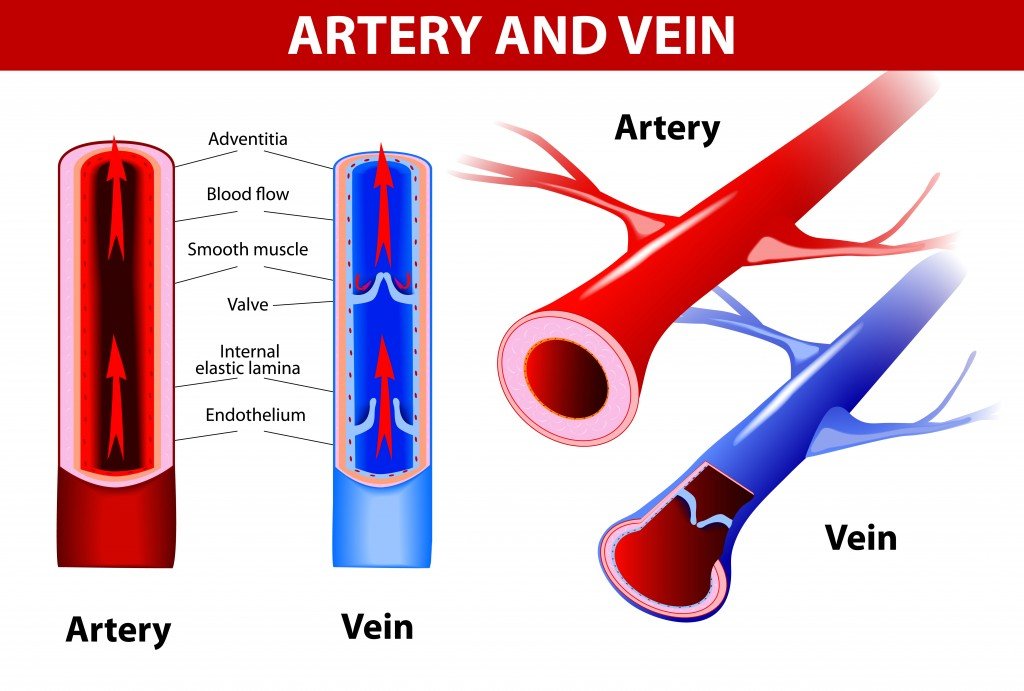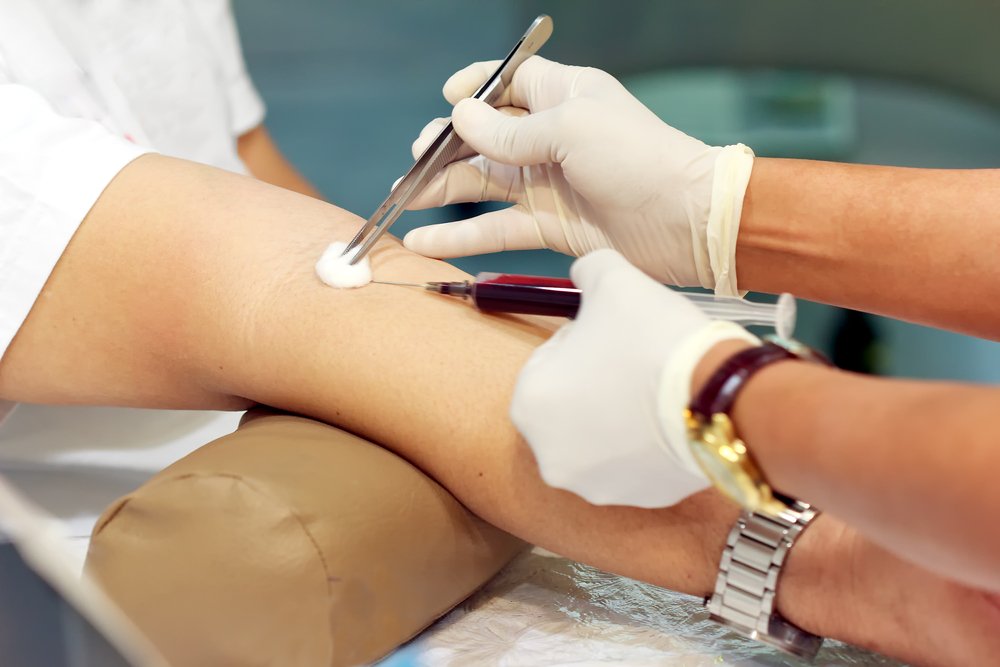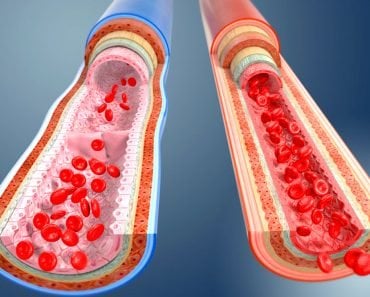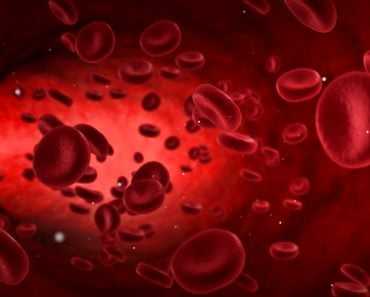For blood sampling, blood is taken from veins and not arteries because:
Veins are close to the surface of the skin. This makes the process easier by avoiding a deep needle plunge just to draw a bit of blood. Arteries, on the other hand, are a tad bit deeper.
The walls of veins are thinner than arteries’.
The blood pressure in veins is less than that in arteries.
If you are one of those people with an intense aversion to being pricked by sharp things like needles and syringes, then you probably understand the misery of being injected. Even if you understand that the injection is for your own good, the idea of getting pricked still makes you cry, vomit, or even faint!
For many diseases, an injection is the quickest route to recovery. But even if you manage to avoid the injection, there is still one particular activity that will require being pricked with needles in the foreseeable future: blood testing.
We have to live with it to protect our health and discover what might negatively affect our body, but have you ever thought about the entire blood collection process?
More specifically, have you ever wondered why blood is drawn only from the veins and not from the arteries?
Recommended Video for you:
Differences Between Arteries And Veins
Before answering this question, perhaps we should understand a little more about arteries and veins. Just as a coin has two sides, blood vessels have two different and opposite (in the form of function) blood vessels.

What Are Arteries?
Arteries are blood vessels that carry blood from the heart to the entire body. In arteries, the blood is ‘mostly’ oxygenated. I say “mostly” because there are two exceptions where arteries carry deoxygenated blood. First is the pulmonary artery, which transports blood from the heart to the lungs, and second is the umbilical artery, which carries blood from the fetus to the placenta. Arteries are also responsible for transporting nutrients to the cells.
What Are Veins?
Veins are blood vessels that transport the blood from the body to the heart, and again, it ‘mostly’ carries deoxygenated blood. The pulmonary and umbilical veins carry oxygenated blood to the heart. The veins have valves present in them. These valves prevent backflow (Flow in the reverse direction). Veins are also less muscular than arteries.
How Is Blood Drawn For A Blood Test?
The process is called phlebotomy. It is not an easy task and requires practice to perfect the process! Let’s look at the process step by step.
- The first step is to identify a vein. The most common vein in adults is the median cubital vein. It is a large vessel that makes drawing blood easier. It also provides excellent results if the blood is drawn correctly.
- Next up are supplies. All necessary supplies must be with you before the procedure begins. Supplies include Blood-drawing needles, tourniquet, collection tubes, hand disinfectants, alcohol swabs, adhesive bandages, gauze, and blood transfer equipment.
- The next step is to draw the blood.
- We begin by hyperextending the patient’s arm and putting the tourniquet around 3-4 inches from the site. Tell the patient to form a fist and keep it tight.
- Next is to cleanse the site with alcohol swabs.
- Now grab the lower arm, which helps to anchor the vein and stop it from rolling. Then insert the needle at 15-30 degrees into the vein.
- If done correctly, you can see blood in the catheter!
- Use the right tubes to remove the appropriate amount of blood.
- Now remove the tourniquet and remove the needle.
- Then press down on the site with gauze.
- Label the tubes correctly and then provide them to the pathology lab within time.
Venipuncture
This is the fancy medical term for the process of being pricked with a needle to draw blood from the veins. Blood collected is called venous blood and can then be used for various purposes, such as intravenous therapy, blood sampling, diagnosis, and so on.
Venipuncture is essentially a process in which blood is drawn from a subject, but performing this process is not easy. Specialists are carefully trained to prick at precisely the right place to draw blood. However, as mentioned earlier, why is blood normally drawn from the veins and not from the arteries, as both types of vessels carry blood?

Why Do We Draw Blood From The Veins And Not The Arteries?
First, veins are relatively easier to draw blood from, physically speaking, as the placement of veins is such that they are close to the skin’s surface, making the process easier by avoiding a deep needle plunge just to draw a bit of blood. On the contrary, arteries are located a little deeper in the skin, so there is little point in making the process unnecessarily difficult – and potentially dangerous.
The walls of veins are also thinner than arteries, allowing them to hold more blood, which speeds up the process of drawing blood and at the same time releases more blood into the sample tube. It is also easier to pierce a vein than to pierce an artery, so drawing blood from a vein is less painful for the subject.
The pressure in the veins is lower than in the arteries, so there is less chance of the blood flowing back through the site where the needle was pierced before the tiny wound heals. Blood taken from an artery is bright red, compared to the darker shade of red seen in the blood from the veins.
The next time you’re sitting in a clinic waiting for the nurse to take a blood sample, you may not be looking forward to the experience, but at least you know exactly why and where these needle pricks will take place!
References (click to expand)
- Blood Vessels | The Franklin Institute - www.fi.edu
- What is the difference between venous and arterial bleeding? - UCSB Science Line. The University of California, Santa Barbara
- Varicose & Spider Veins | Center for Vein Care. vein.stonybrookmedicine.edu
- What is the difference between venous and arterial bleeding? - UCSB Science Line. The University of California, Santa Barbara













